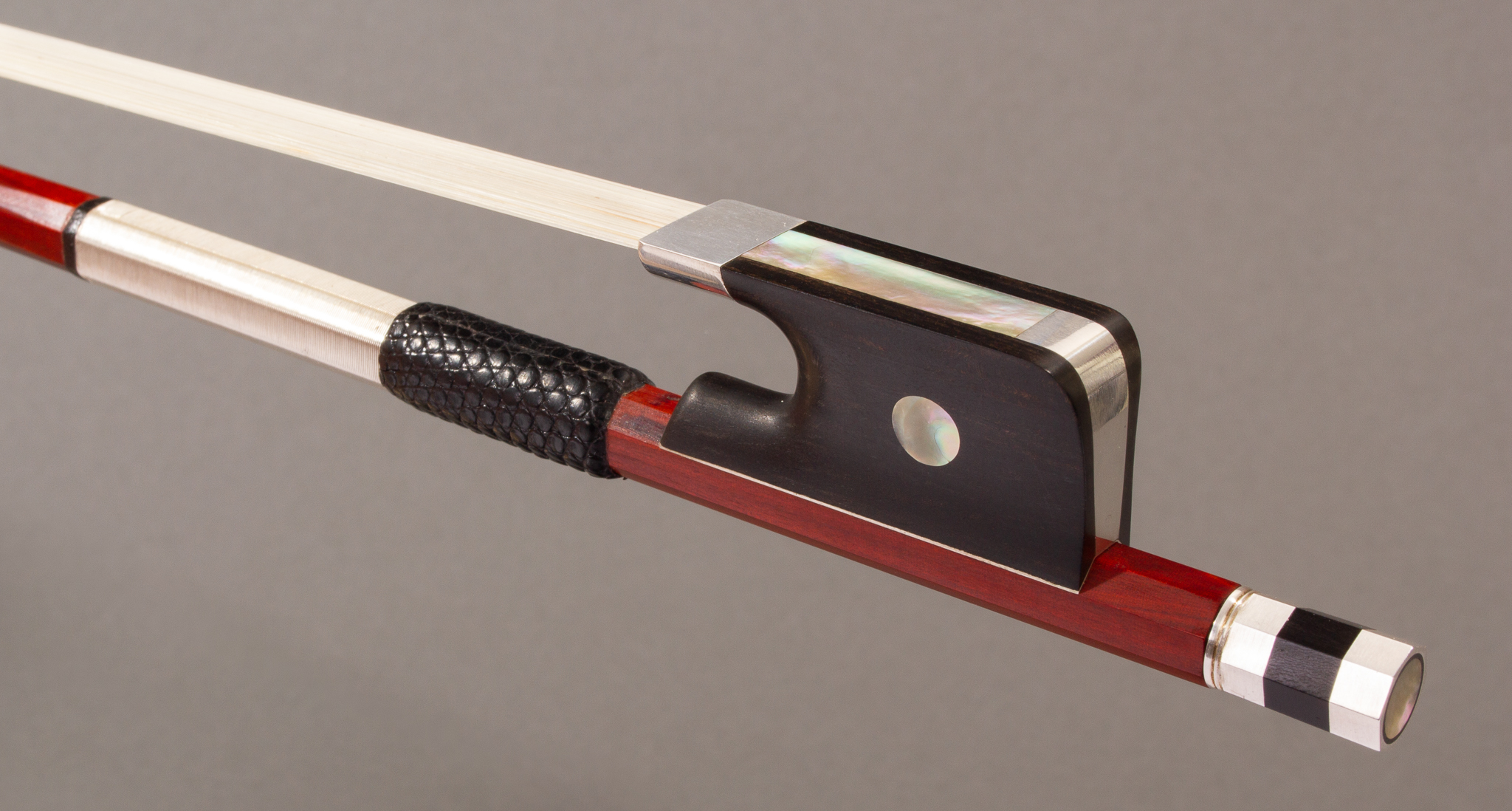
The Cost of a Cello Bow – How much should you spend?
How Much Should I Spend on My Cello Bow? You put a lot of care and thought into choosing your cello; your bow deserves the
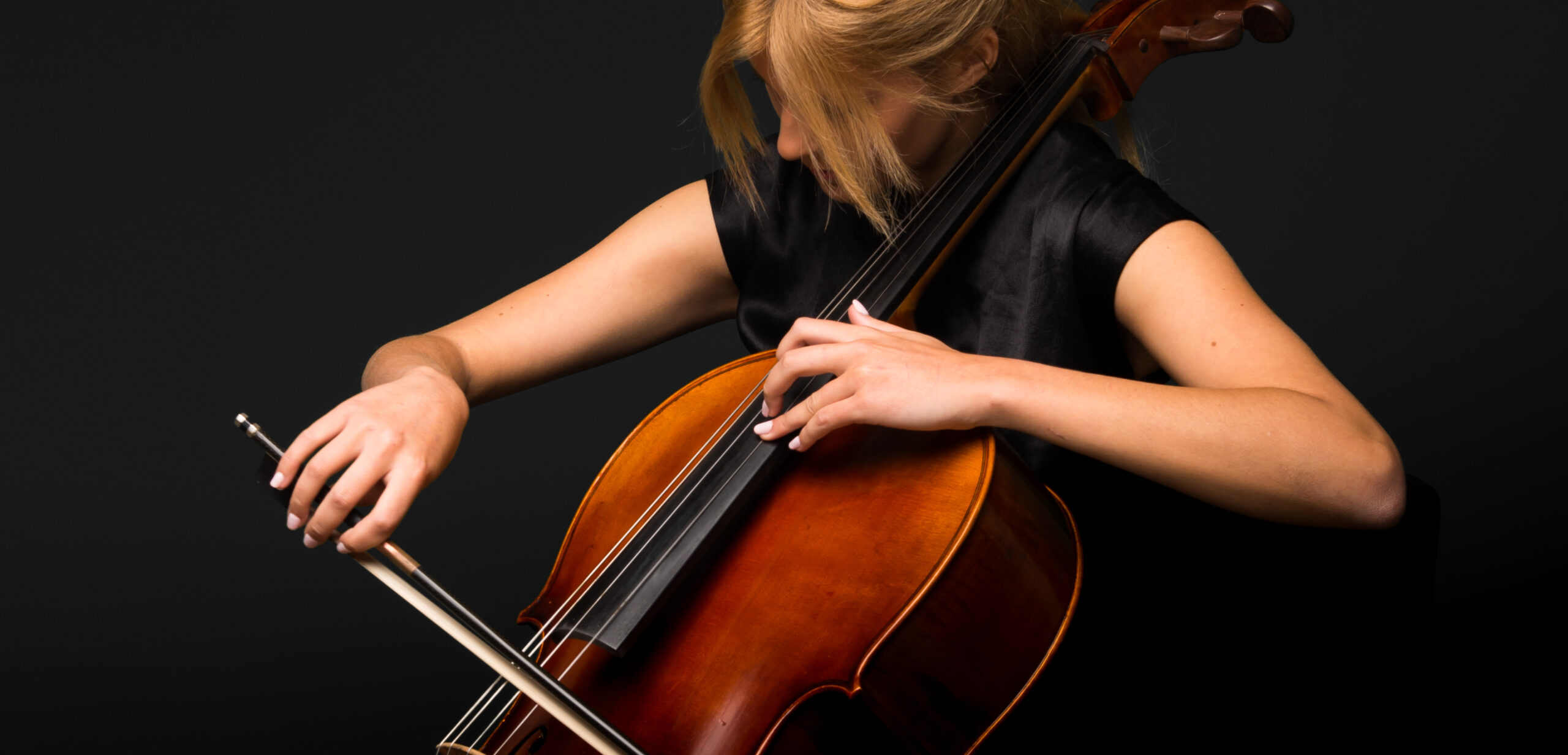
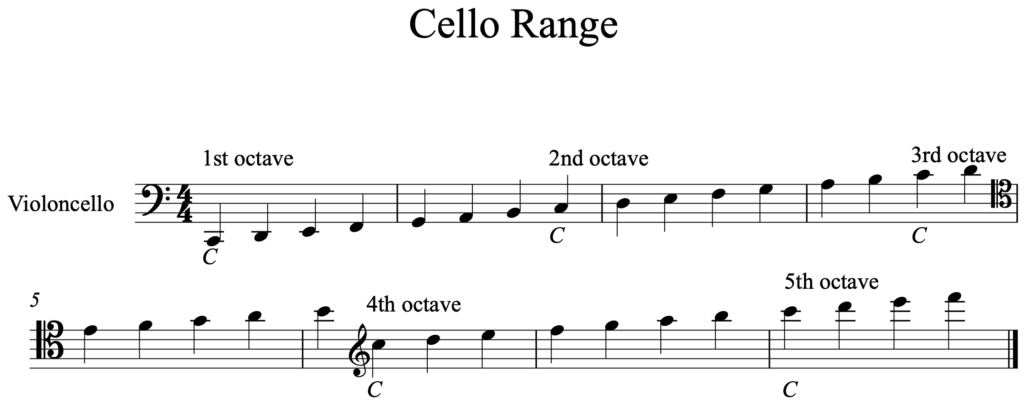
The cello’s full range of more than four octaves gives it one of the most expansive ranges of any instrument you can play.
At the bottom, the deep bass tones of its C string sit two octaves below middle C. The middle two strings of the cello, G and D, move us into the rich baritone sounds. The top A string is where you find the extremely fine and expressive tenor tones. Moreover, since the cello can be played very high up on the fingerboard, the range of the cello is further extended into the alto and even soprano registers, making available notes normally reserved for the violin.
Below are some of our favorite intermediate Eastman Cellos.
When writing for the full range of the cello, composers must use three different clefs. Here is a breakdown by clef:
The cello’s standard clef is the bass clef. Baroque composer J.S. Bach wrote 6 suites for unaccompanied cello. In Suites 1-5, Bach writes for the range that easily fits into the bass clef – from 2 octaves below middle C up to G above middle C. Bach’s 6th suite for unaccompanied cello was written for a 5-string cello known as the violoncello piccolo. The higher 5th string enabled the composer to extend the range of the music without forcing the cellist to play high up on the fingerboard.
As music moves up the cello register, the tenor clef if widely used to cover the range from A below middle C to C above middle C. A significant percentage of music for cello is entirely notated in the tenor clef; intermediate cellists must begin to learn the tenor clef as they progress to music that plays higher up the fingerboard. Check out the example below.

The upper two octaves of the cello employ the use of the treble clef. In the example below from Elgar’s cello concerto, the cello moves through the bass clef, tenor clef and treble clef with the melody ending on E, two octaves above middle C.

When compared to its smaller cousins, the viola and violin, the cello employs a larger usable range. In fact, it’s not unusual for the cello section in an orchestra to play higher than the viola section. Cellists can even play in the violin range with a very pleasing tone color and good projection.
Read more of our informative buying guides below!

How Much Should I Spend on My Cello Bow? You put a lot of care and thought into choosing your cello; your bow deserves the

It happened: you’ve been practicing faithfully, the squeaky sound is gone, and finally, your teacher pauses your lesson. “Your sound is coming along,” they say.
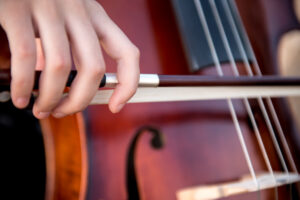
Manoel Francisco Silver Special Cello Bow $1,850 Manoel Francisco Silver Elite Cello Bow $1,900 R. Zucolotto Nickel Mounted Cello Bow $840 For cellists, a fine
A violin string is called false when its thickness and mass are not consistent along its length. This irregularity disrupts the way the string vibrates,
The state of Minnesota has long been home to a vibrant and thriving community of luthiers—highly skilled artisans who dedicate their lives to crafting exceptional
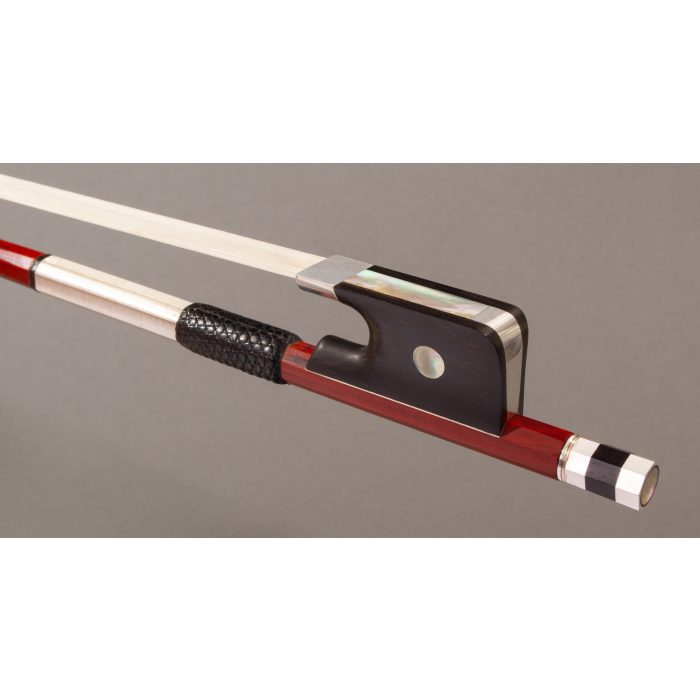
You’ve committed so much attention to the purchase of the right viola and now you have to make a decision on a suitable bow to
A violin string is called false when its thickness and mass are not consistent along its length. This irregularity disrupts the way the string vibrates,
The state of Minnesota has long been home to a vibrant and thriving community of luthiers—highly skilled artisans who dedicate their lives to crafting exceptional
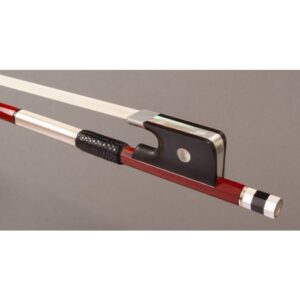
You’ve committed so much attention to the purchase of the right viola and now you have to make a decision on a suitable bow to